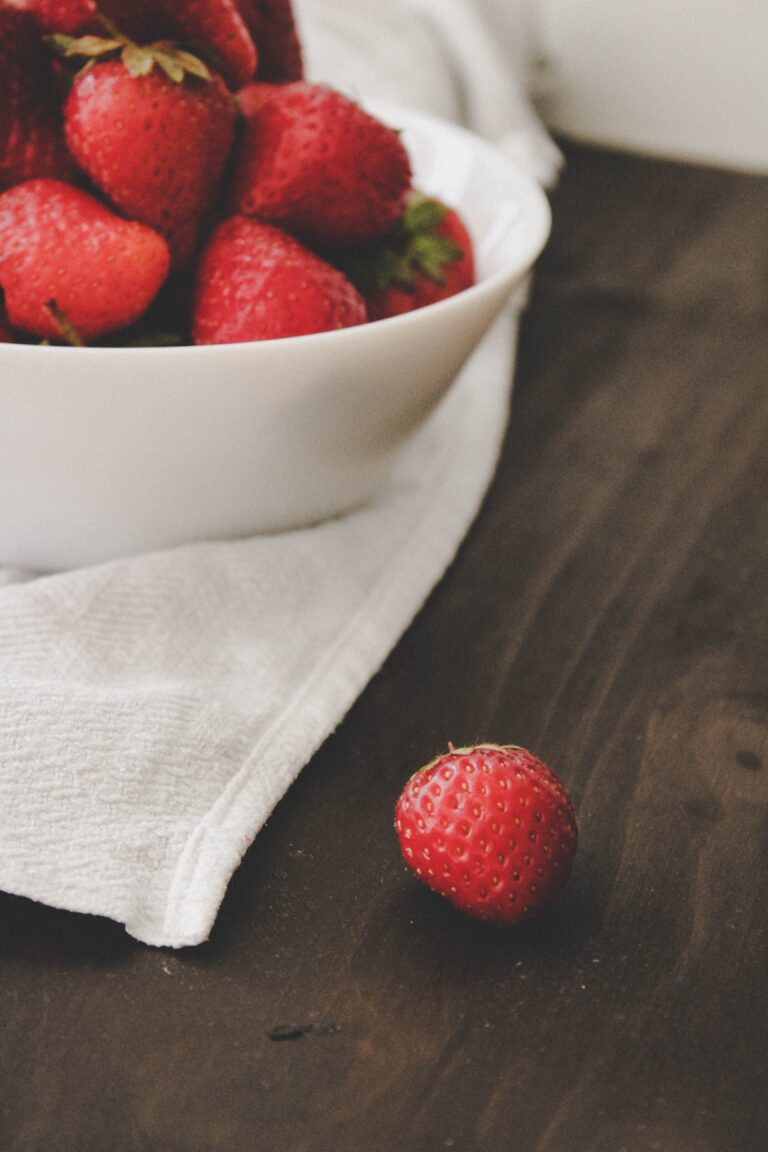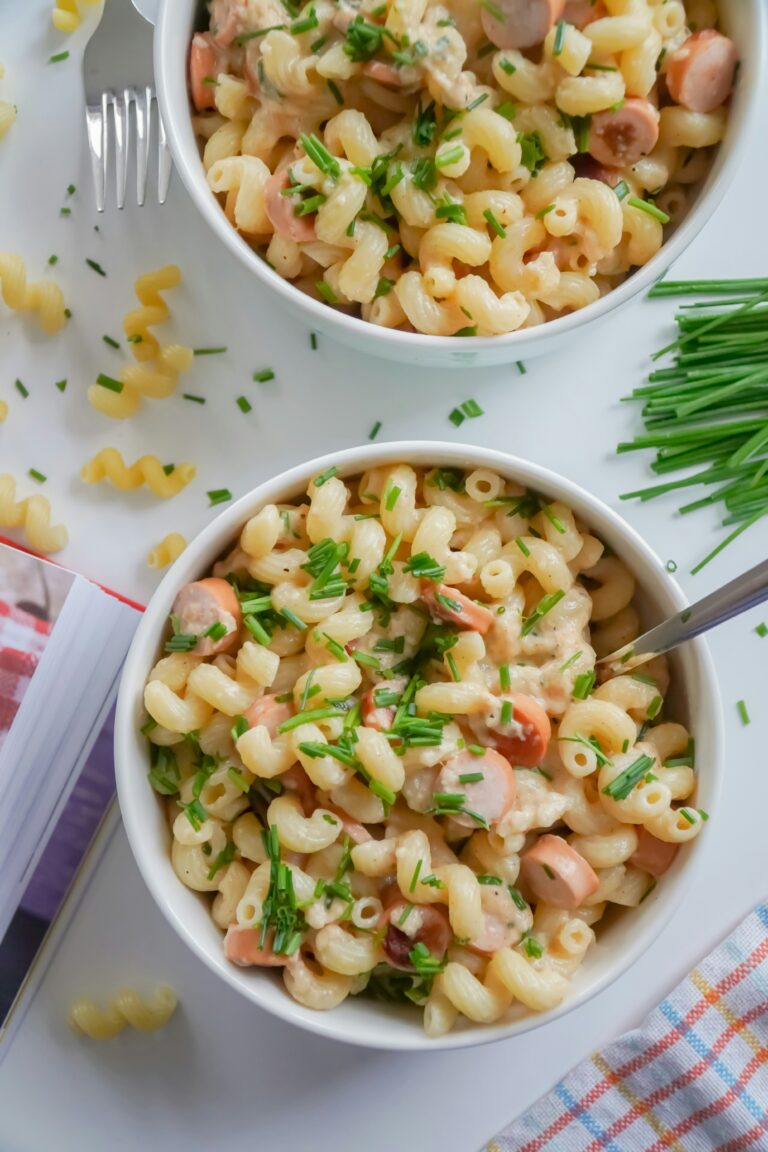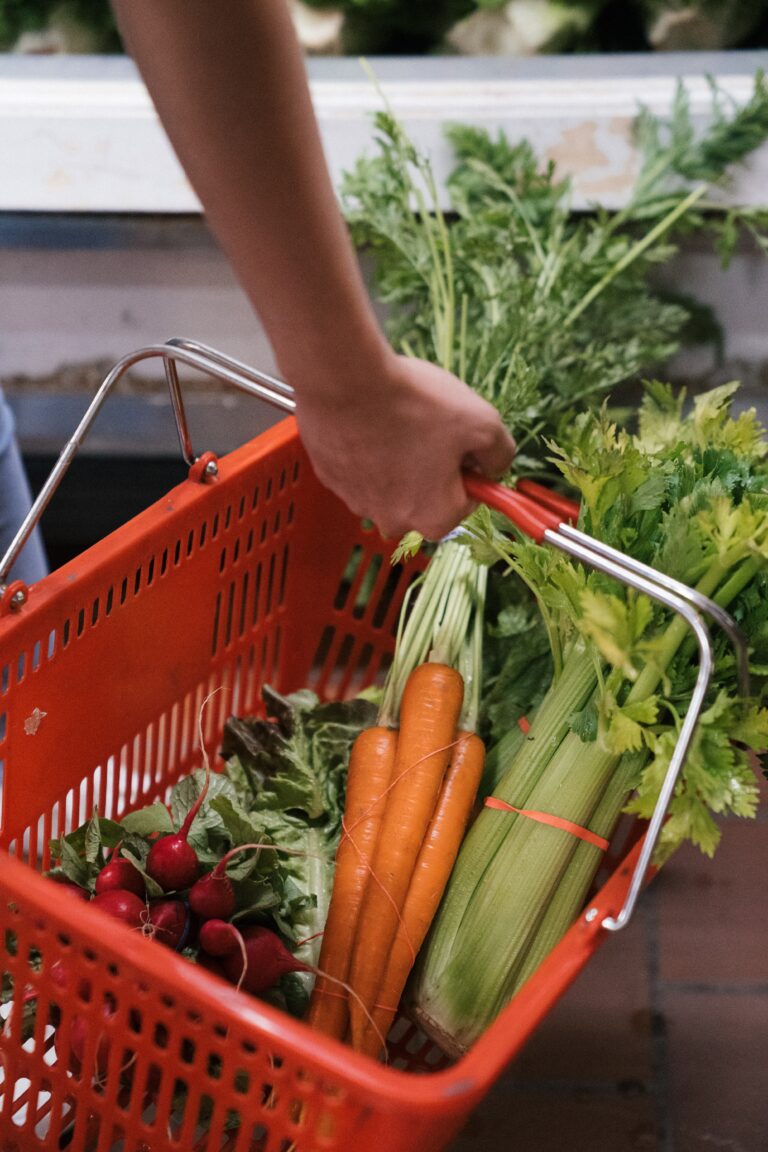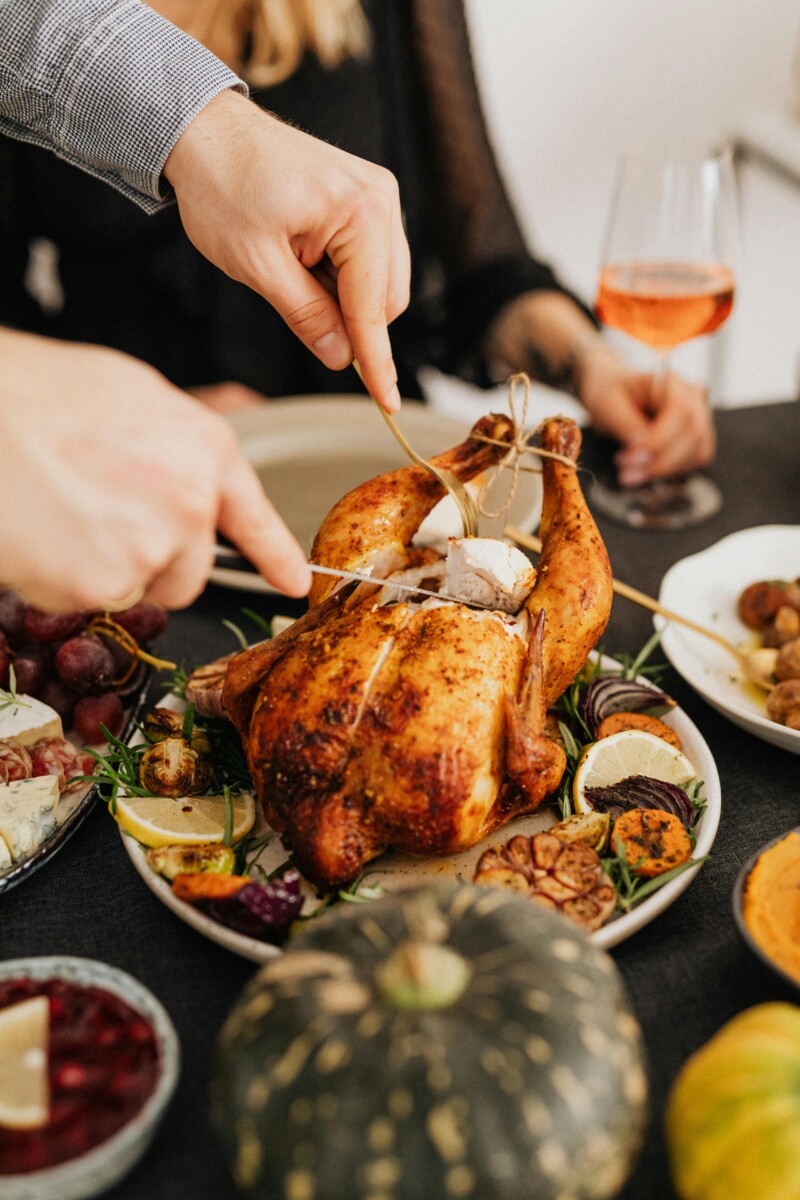
As a recipe developer and food photographer, I’ve encountered numerous queries about food safety. One important question that often arises is whether it’s safe to eat chicken that was left out overnight, or for a few hours. Based on thorough research and my professional experience, If you’ve got cooked chicken sitting out at room temperature for over two hours, it’s best to toss it. The same goes for grilled chicken at a barbecue or picnic. When it’s hot — above 90°F (32.2°C) indoors or outside — you’ve got only one hour before it’s unsafe to eat.
Table of Contents
- Understanding Food Safety and Chicken
- The Risk with Leaving Chicken Out Overnight
- Best Practices for Handling Leftover Chicken
- Expert Tips for Using Leftover Chicken
- Final Thoughts
Understanding Food Safety and Chicken
Chicken is a versatile ingredient in many kitchens but handling it requires care. Chicken, like all perishable foods, falls into the “danger zone” — a temperature range between 40°F and 140°F where bacterial growth thrives. The United States Department of Agriculture (USDA) emphasizes that perishable foods left at room temperature for more than two hours should be discarded to avoid the risk of food poisoning.
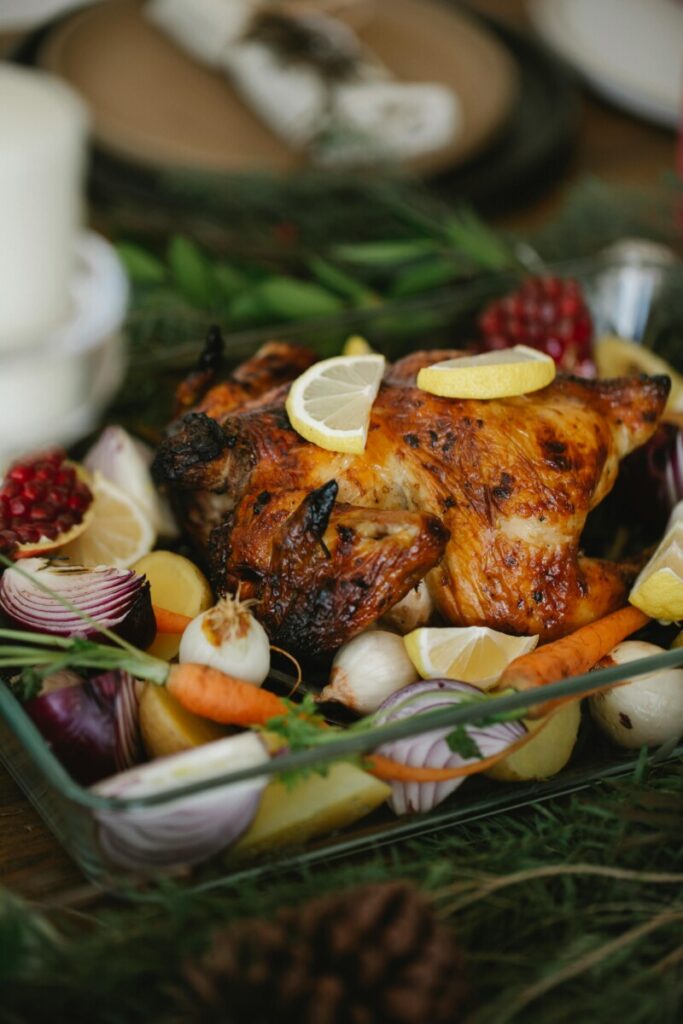
The Risk with Leaving Chicken Out Overnight
Leaving chicken out overnight, whether it’s raw chicken or cooked, places it in the danger zone for an extended period. This makes it a breeding ground for dangerous bacteria such as Salmonella and E. coli. These bacteria can cause severe foodborne illnesses, with symptoms including abdominal pain, nausea, and vomiting. In severe cases, medical attention may be necessary, especially for vulnerable groups like older adults.
Check out this post for more on how long does shredded chicken last, as well as how to store it properly.
Best Practices for Handling Leftover Chicken
To ensure the best quality and safety of your chicken dishes, follow these simple tips:
- Refrigeration is Key: Always store leftover chicken in an airtight container or sealed container in the refrigerator within two hours of cooking. This practice keeps it out of the danger zone.
- Check the Temperature: If you’re unsure whether your chicken has stayed out too long, using a food thermometer to check that it has maintained a temperature above 140°F is the only way to be certain it hasn’t entered the danger zone.
- Freezing for Longer Storage: For long-term storage, wrap the chicken in aluminum foil or place it in a freezer-safe plastic bag before freezing. This helps prevent freezer burn and keeps your chicken safe for 3-4 days in the fridge or up to six months in the freezer.
- Thawing Safely: Thaw frozen chicken in the refrigerator or in a cold water bath, changing the water every 30 minutes to ensure it remains out of the danger zone.
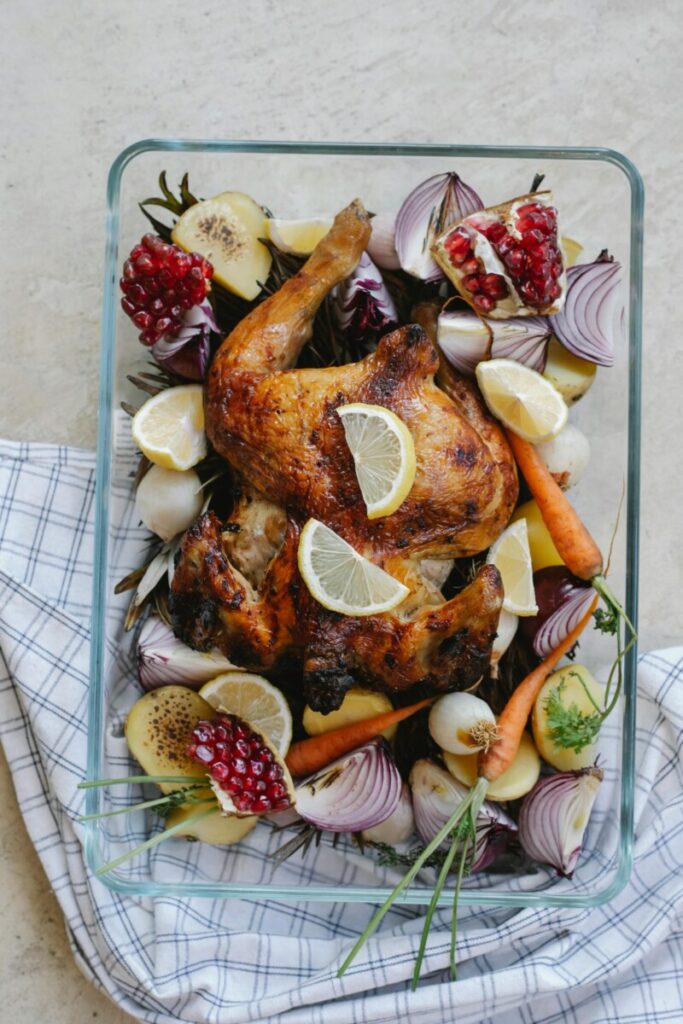
Expert Tips for Using Leftover Chicken
As someone who crafts easy everyday recipes, I recommend the following ways to utilize leftover chicken:
- Revive in an Air Fryer: An air fryer is excellent for reheating chicken, providing a crispy texture without the need for additional oils.
- Slow Cookers for Safety: If you’re incorporating leftover chicken into a soup or stew, using a slow cooker can ensure it reaches the necessary internal temperature to kill any potential bacteria.
- Cold Dishes: For salads or cold sandwiches, ensure the chicken has not been at room temperature beyond the maximum time of two hours before it was refrigerated.
Final Thoughts
To stay on the safe side, never consume chicken that was left out overnight. It’s best to err on the side of caution and discard any chicken that has been left out for more than a couple of hours at room temperature. This not only ensures your safety but also helps maintain the best taste and quality of your meals.
By adhering to these guidelines and using your best judgment, you can enjoy delicious and safe chicken dishes without worry. Remember, the short answer to whether it’s safe to eat chicken left out overnight is a resounding no, but with the right knowledge and practices, you can avoid any risks associated with foodborne illnesses.
Have questions or want to share your thoughts? Drop a comment below or join me on Instagram at @may.eighty.five. See you there!

Christopher is a food and lifestyle expert, recipe developer and the content creator behind May Eighty Five. With years of experience in the kitchen, he also shares tips, tricks and how to’s that he has learnt over the years. Every week, he shares quick, simple and mostly healthy recipes along with some home and entertaining tips. You will find flavorful cocktails, delicious appetizers, tasty mains and some indulgent desserts. As a home decor enthusiast, he also likes to share simple DIY projects and simple tips for a beautiful home.


